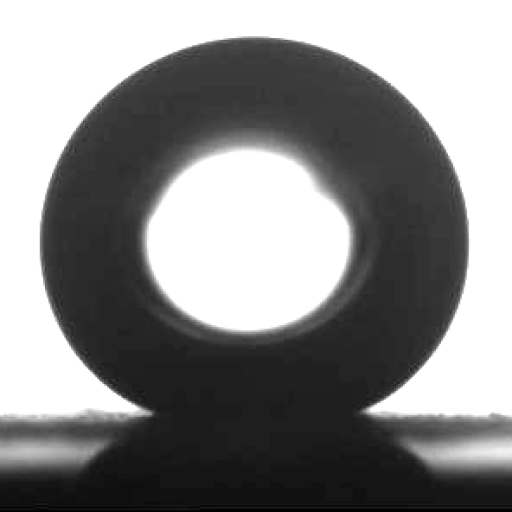Self-propelled Droplet Motion
Usually, the movement of droplets on a surface is limited by resistance caused by direct contact between the drop and surface. However, the resistance is drastically reduced when the drop is on an intermediary liquid lubricating layer. By modulating the shape of the lubricating layer through the topography of the underlying substrate, we can design a gradient in wettability. This allows us to transport droplets along defined paths with fine control of their speed.
By designing a surface with tall parallel rails whose width diverges along their length, we generate tracks with gradients of wettability. The video below shows transport of a droplet over distances of around 3cm along such surfaces with different wettability gradients ∝ (which relate to the rate at which the width of the rail increases along its length). Droplets are transported faster along rails with larger wettability gradients.
Droplets can even roll uphill, as in the video below which shows a droplet rolling on a surface tilted upwards at an angle of 6°. They can also move while hanging from the bottom of a surface.
It is also possible to design surfaces that result in droplets moving in curved paths, as in the video below.
It is possible that the capture of droplets impacting on these surfaces could be used to harvest water from fog.
Publication
Self-propelled droplet transport on shaped-liquid surfaces, G. Launay, M.S. Sadullah, G. McHale R. Ledesma-Aguilar, H. Kusumaatmaja and G.G. Wells, Sci. Rep. 10 (2020), 14987
